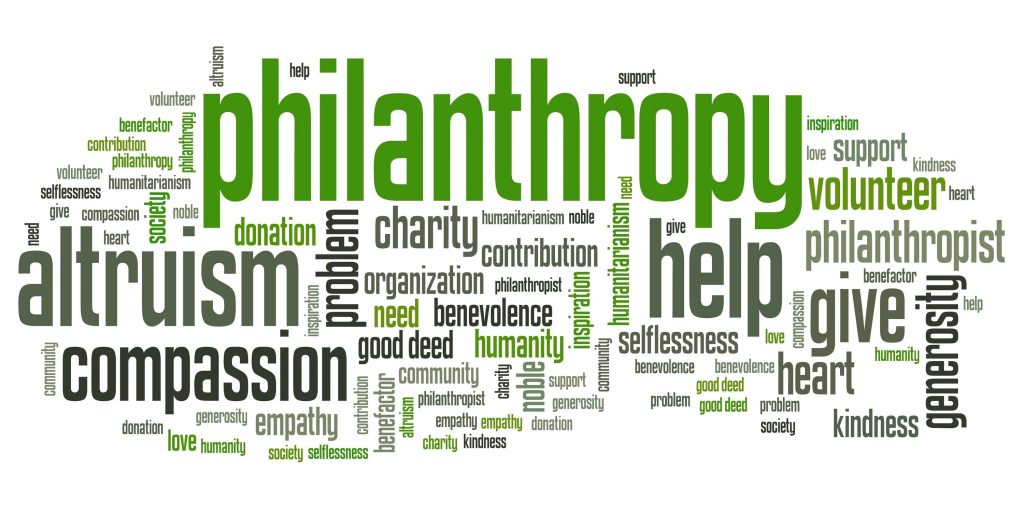
As communities evolve, so too must the efforts of businesses looking to support them. In today’s rapidly shifting landscape, philanthropy requires adaptability and a deep understanding of the most pressing needs. Michael Shvartsman, a well-known advocate for community-focused philanthropy, emphasizes that businesses should remain agile in their charitable endeavors to meet these changing demands.
- Shifting Needs in the Community
Over the past few years, societal needs have undergone significant transformation. From food insecurity to mental health services, and from educational support to economic recovery, the challenges communities face today are more complex than ever before. Addressing these needs effectively requires businesses to stay connected with the communities they serve.
Michael Shvartsman stresses the importance of businesses being proactive in reassessing their philanthropic strategies. “Philanthropy can’t be static,” he explains. “What worked in the past may not be effective today. It’s essential to listen to the community, understand the evolving challenges, and adjust our approach accordingly.”
- Reassessing Impact
For many businesses, philanthropy used to mean donating to causes without much thought to long-term impact. Today, that mindset has changed. Businesses are increasingly focusing on efforts that create sustainable results, targeting causes that align with both company values and pressing community concerns.
Michael Shvartsman believes that organizations must be willing to reevaluate their impact regularly. “It’s not enough to support a cause,” he says. “We need to ask ourselves: Is this helping? Are there emerging issues we’re overlooking? By maintaining open communication with community leaders, businesses can better direct their resources to where they will make a real difference.”
- Flexibility in Approach
Adapting philanthropic efforts also means adopting a flexible approach. The needs of a community can shift overnight in times of crisis, whether it’s:
- a natural disaster,
- economic downturn,
- or health crisis.
Businesses should be prepared to pivot, providing immediate relief where necessary and long-term support where possible.
“Flexibility is key,” Michael Shvartsman notes. “When COVID-19 hit, many businesses realized that the needs of the community had drastically changed. Food banks and health services needed immediate attention. Companies that were able to quickly redirect resources to those areas were the ones that made the greatest impact.”
- Engaging Employees in Philanthropy
Another way businesses can adapt to changing community needs is by engaging employees in philanthropic initiatives. Many workers today seek to contribute to meaningful causes, and businesses that provide them with opportunities to give back are more likely to create lasting social impact. This engagement can also lead to more innovative ways of addressing community needs.
“Employee involvement adds another layer to philanthropy,” Michael Shvartsman explains. “By involving their workforce in charitable efforts, businesses can tap into a wider range of ideas and solutions. Employees often have unique insights into the challenges faced by their communities, and leveraging those insights can lead to more effective strategies.”
- A Collaborative Effort
As communities continue to evolve, collaboration between businesses, nonprofit organizations, and local leaders will be essential. No single entity can tackle every issue, but by working together, they can create solutions that are more comprehensive and effective.
Michael Shvartsman is a strong advocate for collaboration in philanthropy. “Businesses don’t have to go at it alone,” he says. “By partnering with community organizations, they can better understand the issues and allocate resources in ways that have a greater impact.”
- The Future of Philanthropy
Looking ahead, the future of business philanthropy will undoubtedly be shaped by continuous change. Social issues will arise, new challenges will emerge, and businesses must be ready to adapt. Those that remain flexible, responsive, and engaged will have the most meaningful impact on the communities they aim to support.

Michael Shvartsman concludes, “Adapting philanthropy to meet the changing needs of the community is not just an option—it’s a necessity. The world is constantly shifting, and the only way to make a lasting difference is to evolve along with it.”
As businesses seek to enhance their role in supporting society, the ability to adjust philanthropic strategies to changing conditions will determine their success in creating meaningful, lasting contributions.
